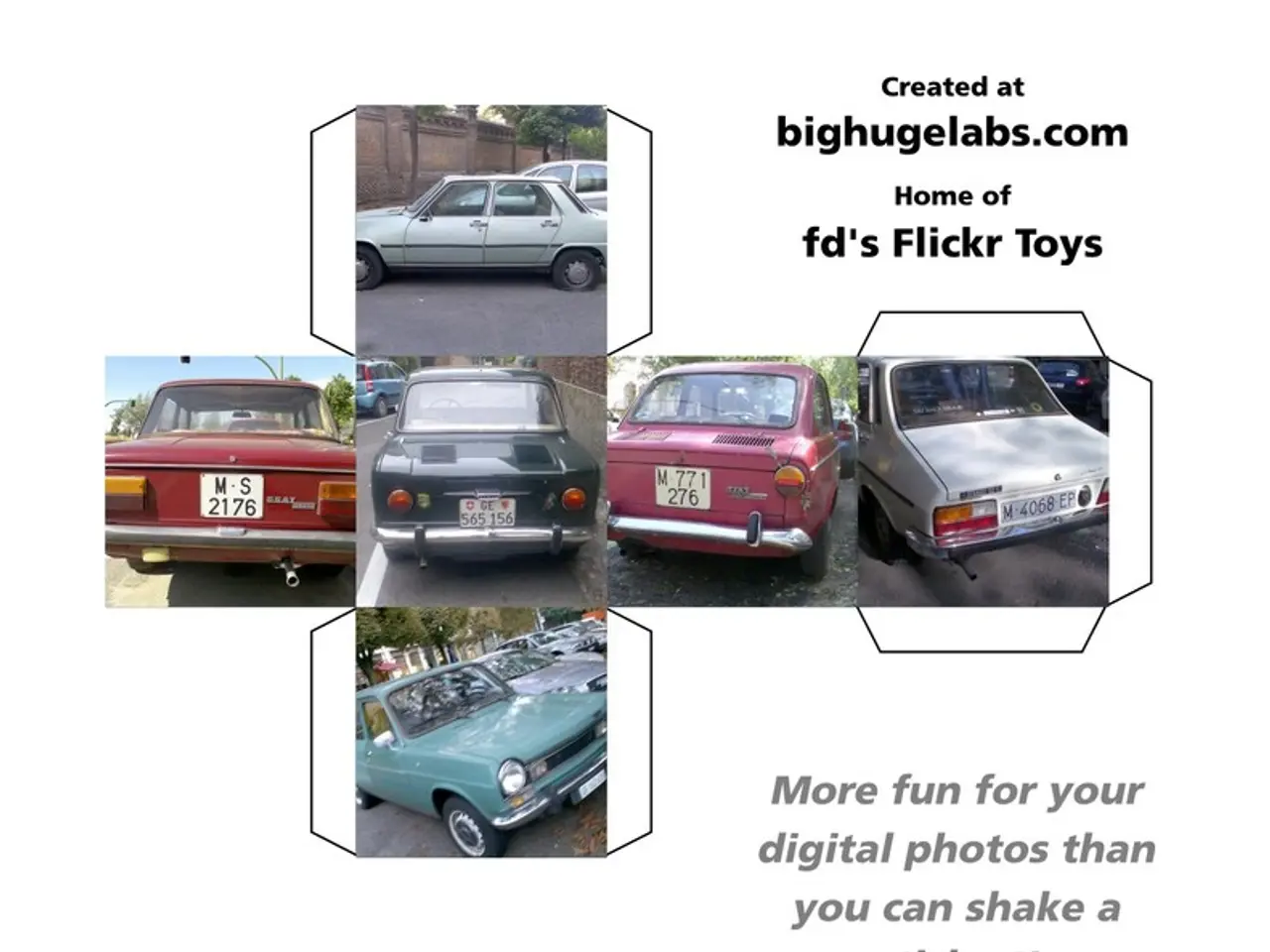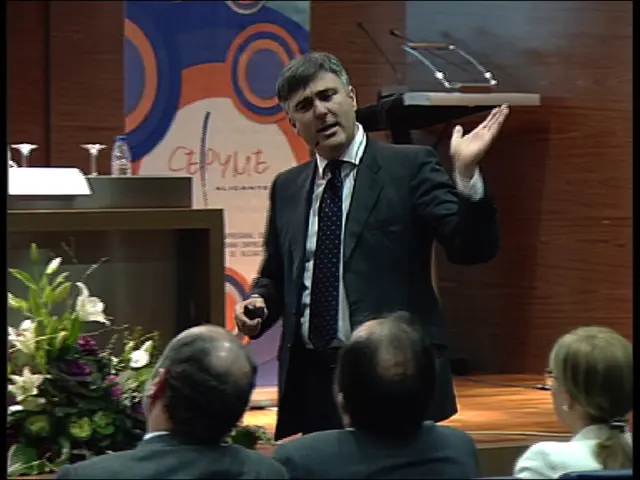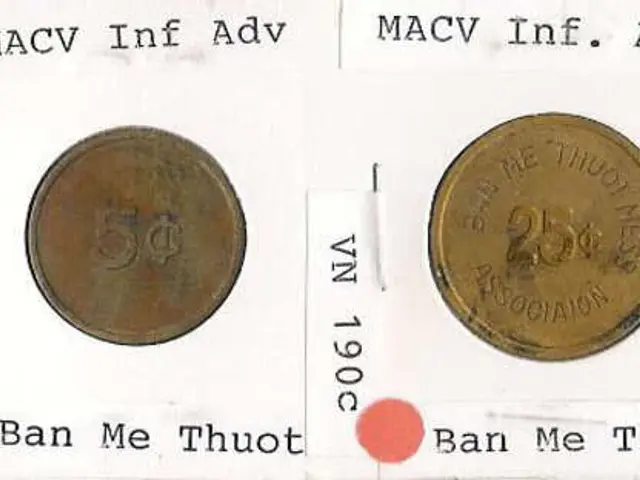Autonomous Taxis Debut on the Las Vegas Boulevard
Las Vegas is at the forefront of a revolution in transportation, as the city becomes a hub for the next generation of driverless robotaxis. This shift towards sustainable urban mobility is marked by the introduction of Robotaxis and major collaborations between tech giants, such as Tesla, Lucid, Nuro, and Uber.
Tesla is in discussions with Nevada to launch a robotaxi service using an affordable model slated for mid-2025 production. The company aims to integrate this service with its existing Gigafactory infrastructure in Sparks, Nevada, potentially generating jobs and boosting the local economy. However, Tesla faces skepticism about its self-driving capabilities and regulatory hurdles, with rigorous safety validations required before deployment.
The Lucid-Nuro-Uber partnership plans to deploy more than 20,000 Lucid vehicles equipped with Nuro’s Level 4 autonomous driving system over six years. The first launch is expected in a major U.S. city next year, with prototypes already operating autonomously on Nuro’s Las Vegas proving grounds. The robotaxis integrate Lucid Gravity’s technology and the Nuro Driver system, promising high asset utilization, favorable operating costs, and global scalability.
The technology enables Robotaxis to navigate through traffic efficiently and adapt in real-time to urban environments without a human driver. The smooth operation and quiet ride highlight the technological advancements in transportation. However, concerns about privacy issues related to data collection and AI decisions in critical situations are subjects of debate due to concerns about reliability.
Safety is emphasized through Level 4 autonomy systems and rigorous regulatory testing. The Lucid-Nuro-Uber robotaxis use the Nuro Driver system, which includes automotive-grade hardware combined with AI-powered self-driving software designed for reliability, cost-efficiency, and rapid adaptation to new environments with layered safeguards for precision and reliability.
Tesla must pass stringent safety demonstrations in Nevada, reflecting the state's requirement for thorough testing before regulatory approval. Public trust is a challenge, particularly for Tesla, due to prior underwhelming demonstrations and skepticism about the technology’s maturity.
The Lucid-Nuro-Uber initiative benefits from Uber’s existing customer base and experience, which may facilitate smoother public acceptance, though the full public reaction once launched remains to be seen.
The potential deployment of Robotaxis could create new jobs connected to the Gigafactory and service infrastructure in Nevada, suggesting a positive local economic impact. However, large-scale deployment could alter the employment landscape for drivers, raising concerns about disruption to traditional driving jobs and requiring workforce transition planning.
Effects on traffic flow are not yet fully documented, but robotaxis often promise improved traffic efficiency through optimized routing and electric vehicle use; however, increased vehicle miles traveled could exacerbate congestion unless managed carefully.
The ethical implications of decision-making in accident scenarios are being debated, and ongoing dialogue and rigorous testing are necessary to build public trust in driverless vehicles. The program prioritizes safety with stringent measures, including continuous remote surveillance and detailed emergency protocols.
The pilot program on the Las Vegas Strip serves as a critical study in balancing innovation, safety, and ethical considerations. The Robotaxis are equipped with state-of-the-art technology, including sensors, advanced navigation systems, and artificial intelligence.
Meanwhile, Nuro is focusing on creating driverless vehicles specifically for deliveries, without space for passengers. Pony.ai is testing self-driving cars for ride-hailing and delivering goods in the United States and China. Baidu is working on the Apollo project, aiming to create a complete package for autonomous driving. Waymo is running self-driving cars in Phoenix, Arizona, and using the technology in commercial trucks. The pilot program involves Zoox, a company owned by Amazon that develops technology for driverless cars.
Plans are underway to expand the service to other parts of the city and potentially revolutionize urban transit. The Robotaxis' interactive displays provide passengers with journey information, offering a modern and engaging travel experience. As the city moves towards a future of driverless transportation, ongoing dialogue, testing, and policymaking will be crucial to ensure a smooth transition and address concerns about privacy, safety, and employment.
- In Las Vegas, the casino-and-gambling industry might see changes as the city transforms its transportation landscape, with the rise of Robotaxis and partnerships between tech companies like Tesla, Lucid, Nuro, and Uber.
- The technology sector plays a significant role in Las Vegas's future, as companies like Lucid and Nuro collaborate to deploy thousands of self-driving vehicles equipped with advanced autonomous driving systems for both robotaxis and delivery services.
- The finance sector could be affected by the introduction of Robotaxis, as changes in urban mobility could potentially generate employment opportunities while disrupting traditional driving jobs in the transportation industry.




